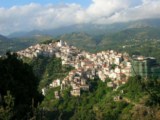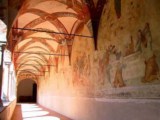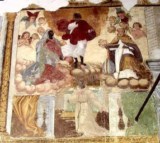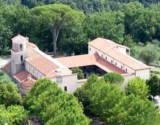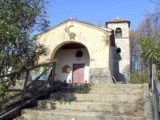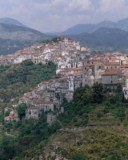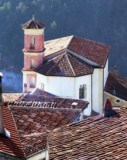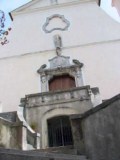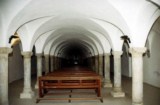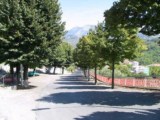|
RIVELLO - BASILICATA - SOUTH ITALY Rivello (which means "small watercourse"); a typical
south Italy mountain town, surrounded by woods and high hills of
the Basilicata region. Rivello is located in a splendidly scenic
position on the ridge of a hill that overlooks the whole Noce Valley
and Mount Sirino. The urban structure of the town is equally picturesque
with the chuch of San Nicola dei Greci dominating the western height
of the town.
Although all the local churches are now Roman Catholic, many reveal a Byzantine architectural influence. There are many other smaller churches in the town, the vast majority are open all day and throughout the year. On the first floor the Civic Museum displays archaeological material found at Serra Città and Piano del Pignataro, where archaeologists have found numerous brick kilns active from the 3rd century BC. The church in the complex of the former convent of Sant’Antonio, of the Observant Minors (15th century) on the façade has a 16th century portico, frescoed by Pietrafesa (17th century).The entrance has a fine wooden doorway flanked by two stone sea-lions. The interior is of the baroque style with two canvasses (The Sacra famiglia and the Immacolata) by the local painter Salvatore Ferrari in the 18th Century, and other pictures by Filippo Vitale, the Domenico Antonio Vaccaro and Domenico Mondo. The cloister was partially knocked down but the two remaining wings of the convent, conserve cycles of frescoes by Pietrafesa and Giovanni Todisco Todisco's works include the Scene della Passione and the Ultima Cena which is hung in the refectory (1559). At the center of the cloister stands a stone well. |
||||||||


